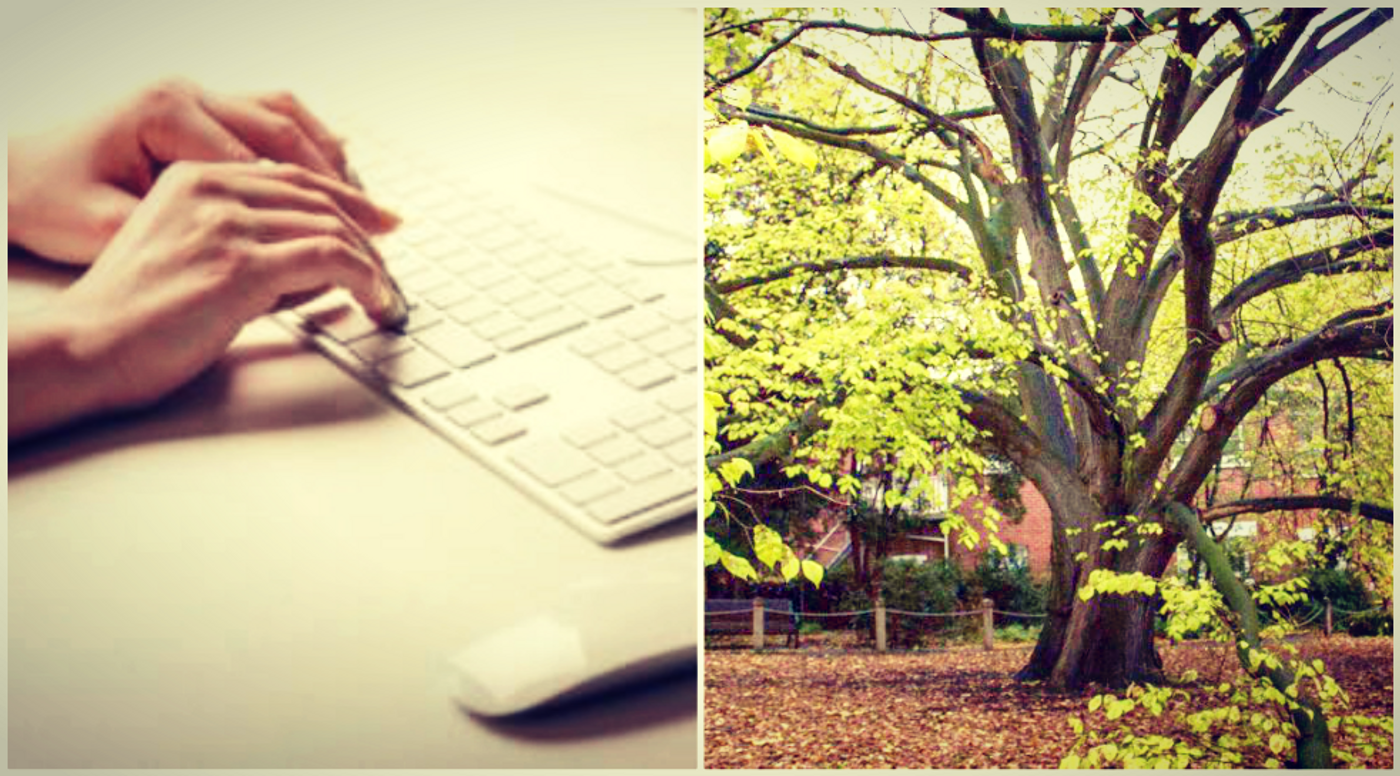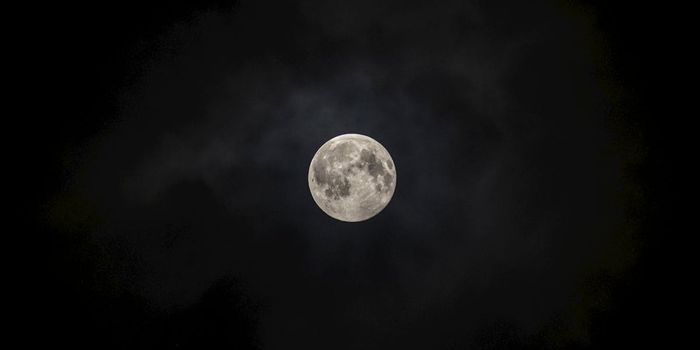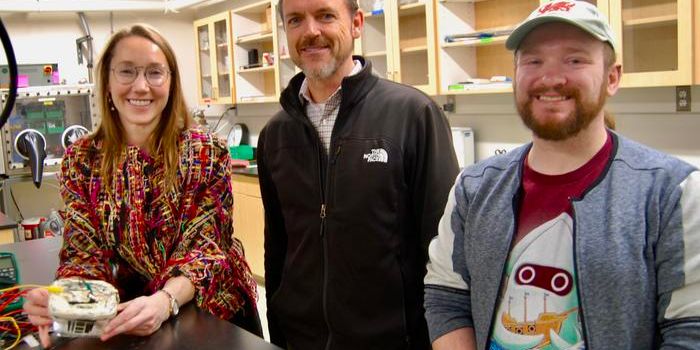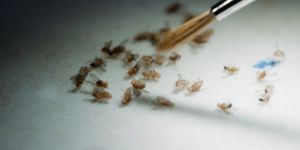What Would You Email a Tree?
Trees provide oxygen and habitats, reduce pollution and global warming, and communicate with underground networks of fungi, among other miraculous abilities. They also lower urban city temperatures, which is why the city of Melbourne, Australia began an Urban Forest Strategy in 2012. This initiative included giving ID numbers and unique email addresses to the city's trees in 2013, so that residents could report tree damage or illness, dangerous hanging branches, or vandalism. It turned out the people of Melbourne as well as international tree-fans actually wanted to conversate with the trees themselves, and the email program is still going strong to this day.
Letters to the Trees
Thousands of emails have since been received for the trees, containing messages from conversational, to devoted, to inquisitive. Here's one from 2015:
To: Algerian Oak, Tree ID 1032705
"Dear Algerian oak,
Thank you for giving us oxygen. Thank you for being so pretty. I don’t know where I’d be without you to extract my carbon dioxide (I would probably be in heaven). Stay strong, stand tall amongst the crowd. You are the gift that keeps on giving."
The Urban Forest and Ecology Team is still running the program, and a represenative of The City of Melbourne told Labroots:
We continue to run it as it is a great engagement tool for the public and a way for people to connect to natural features in the landscape. It also allows us to track individual trees and for the public to report any issues with our trees ... we still receive many emails daily about how much they appreciate our trees and to check in on old tree friends. A lot of people have great respect for the trees and often share their deep thoughts and feelings, so the trees can act as listener where people can feel heard – a new angle to how trees provide mental health benefits!
Councilor Arron Wood, chair of Melbourne’s Environment Portfolio, described the public response in electronic arboreal epistles as an “unintended but positive consequence” of the project. In other messages, the writers offered more praise and adoration -- “I love you. Always and forever.” -- and queried the trees’ political views, asked biological questions or simply discussed daily life. Many of them received answers from the trees’ point of view, thanks to the urban forest staff.
For example, one willow leaf peppermint answered a question on tree gender by explaining that some trees, like itself, include both genders in each flower’s structure. It added that some trees have only one gender of flower, and others can grow both male flowers and female flowers.
Emails arrived from all over the globe, including from Quercas Alba – a white oak tree in Mississippi – that was “just sayin’ how do.”
“Coincidentally, the Urban Forest team happens to be multilingual,” Wood said. This allowed the trees to respond in Mandarin, German, Hungarian, Spanish and Gaelic. The golden elm on Punt Road is Melbourne's most emailed tree.
The Urban Forest Strategy
“Increasing canopy has been identified as one of the most cost efficient and effective strategies for mitigating the urban heat island effect and adapting to climate change,” the Strategy site conveys. A heat island is a metropolitan area with significantly higher temperatures than nearby rural areas due to human activities. Melbourne has planted more than 70,000 trees to increase the city’s canopy and shade in pursuit of this cooling goal.
There are 10 tree precincts, and each has a unique urban planting roadmap. The wooded areas need renewal because many of the trees are aged and have also experienced stresses including high heat, drought, water restrictions, pests and disease. The Urban Forest Strategy plans to increase the diversity or the urban forest, which currently contains primarily planes, gums, elms and eucalypts, to “provide greater resilience and long-term stability for the forest as a whole.”



















































